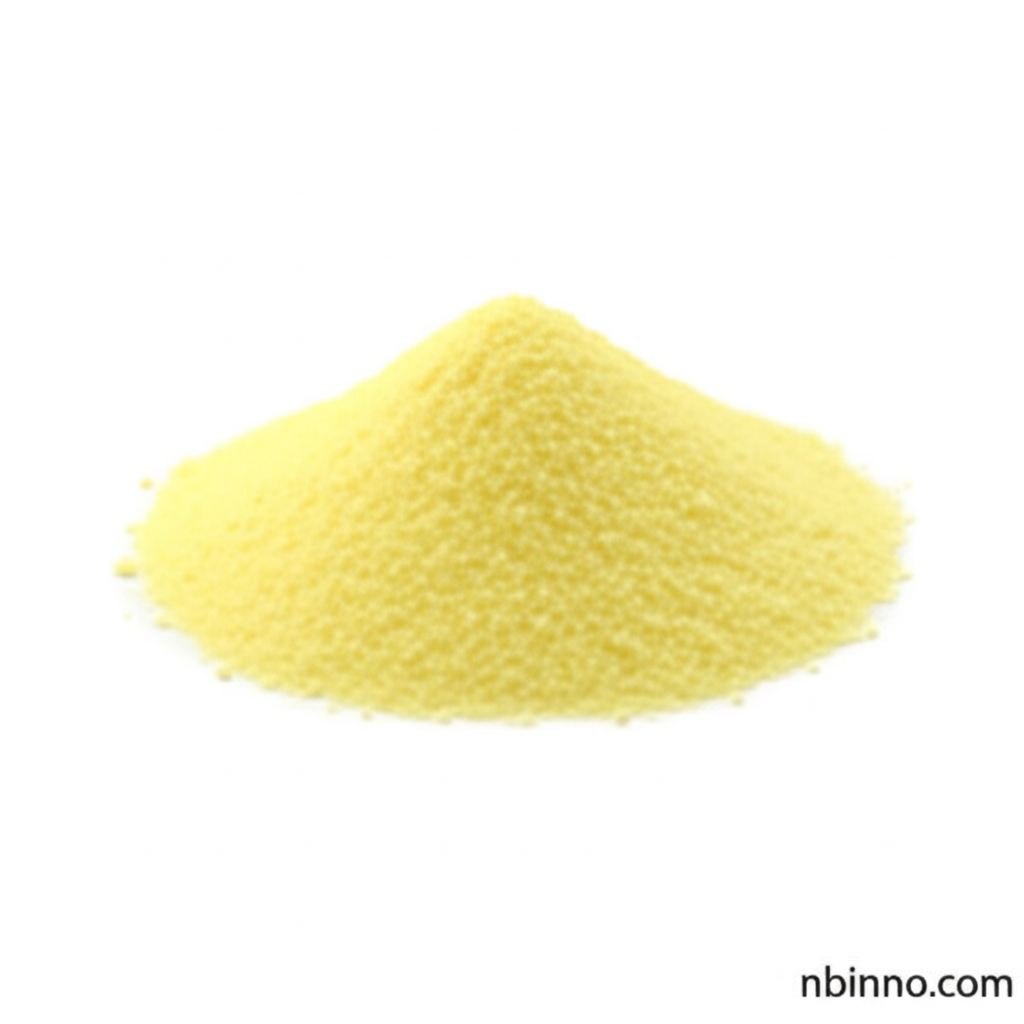N-Methyl-N-hydroxyethyl-p-toluidine: Properties, Applications, and Synthesis in Chemical Intermediates
Discover the key properties and versatile applications of this vital chemical intermediate.
Get a Quote & SampleProduct Core Value

N-Methyl-N-hydroxyethyl-p-toluidine
N-Methyl-N-hydroxyethyl-p-toluidine, identified by CAS number 2842-44-6, is a crucial organic compound widely utilized as an intermediate in various organic synthesis pathways. Its unique chemical structure and properties make it valuable in industrial and scientific research settings.
- Explore the synthesis of N-Methyl-N-hydroxyethyl-p-toluidine to understand its production processes.
- Investigate the detailed N-Methyl-N-hydroxyethyl-p-toluidine properties to appreciate its chemical behavior.
- Learn about the diverse N-Methyl-N-hydroxyethyl-p-toluidine applications in polymer initiation and as an epoxy hardener.
- Understand why CAS 2842-44-6 is recognized as a vital chemical intermediate for advanced manufacturing.
Key Advantages
High Purity and Quality
With a purity exceeding 99.0%, this compound guarantees reliable performance in sensitive organic synthesis processes, ensuring high-quality end products.
Versatile Application Potential
Its role as a chemical intermediate and its utility in polymerization initiation and as an epoxy hardener highlight its broad applicability across different industries.
Consistent Physical Properties
The consistent light yellow viscous liquid to solid appearance, along with well-defined density and boiling points, makes it easy to handle and integrate into existing chemical processes.
Key Applications
Organic Synthesis Intermediate
As a core amine organic compound, it serves as a fundamental building block in the synthesis of more complex molecules, driving innovation in chemical research.
Polymerization Initiation
Its ability to promote free radical generation makes it an effective component in the initiation of polymerization, crucial for the production of various polymers.
Epoxy Resin Hardener
The compound functions as a curing agent for epoxy resins, contributing to the development of robust and durable materials used in coatings, adhesives, and composites.
Industrial and Scientific Research
Widely employed in both industrial manufacturing and academic research, it supports the development of new materials and chemical processes.
